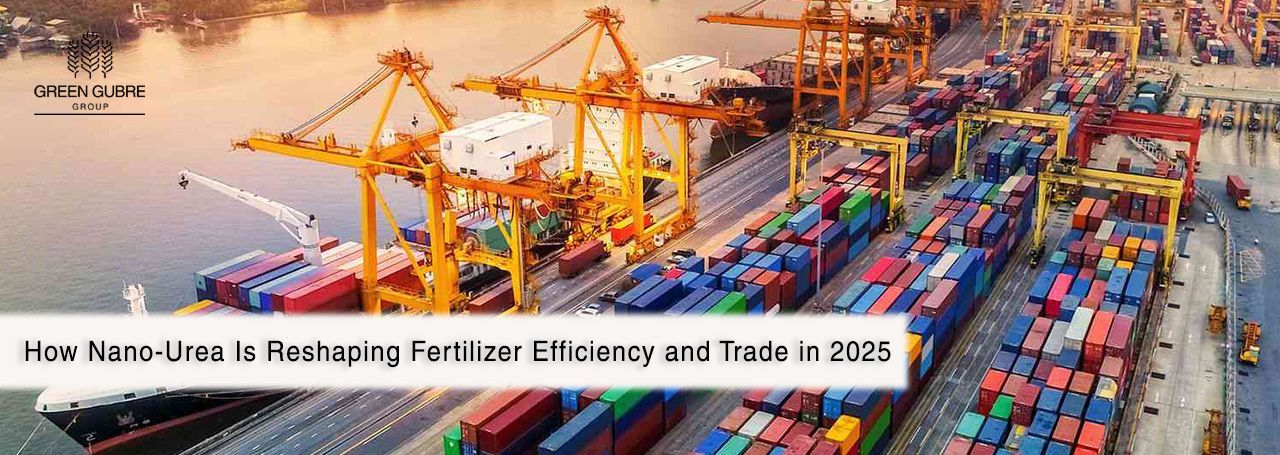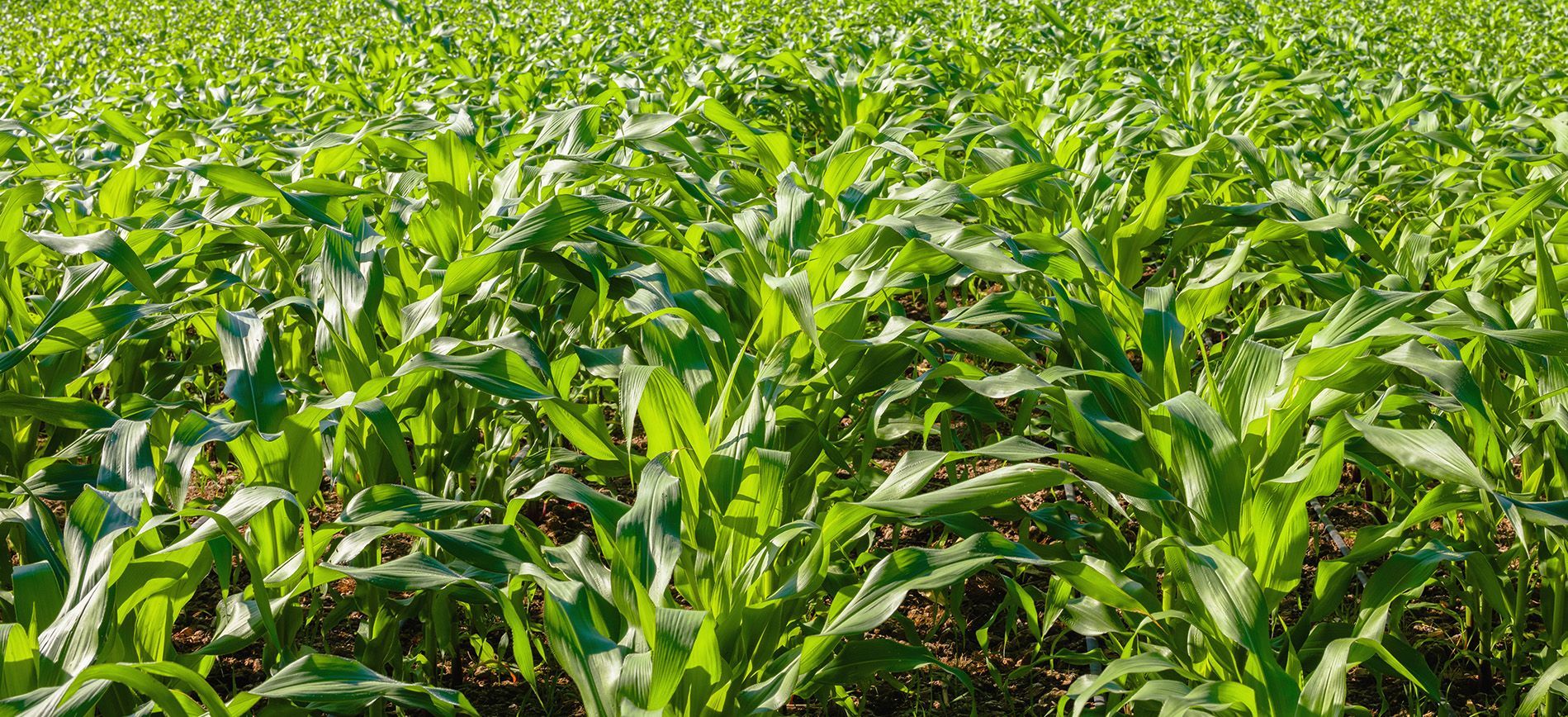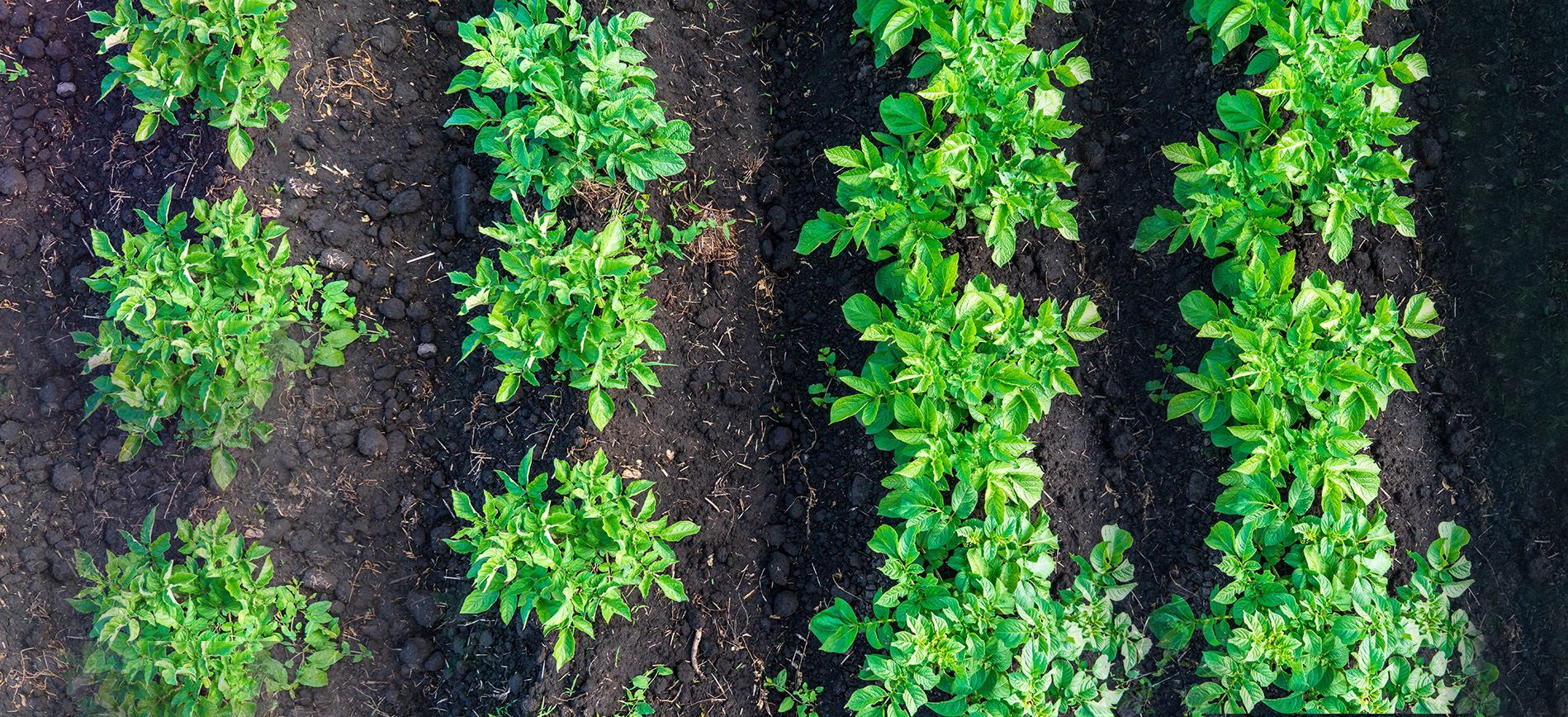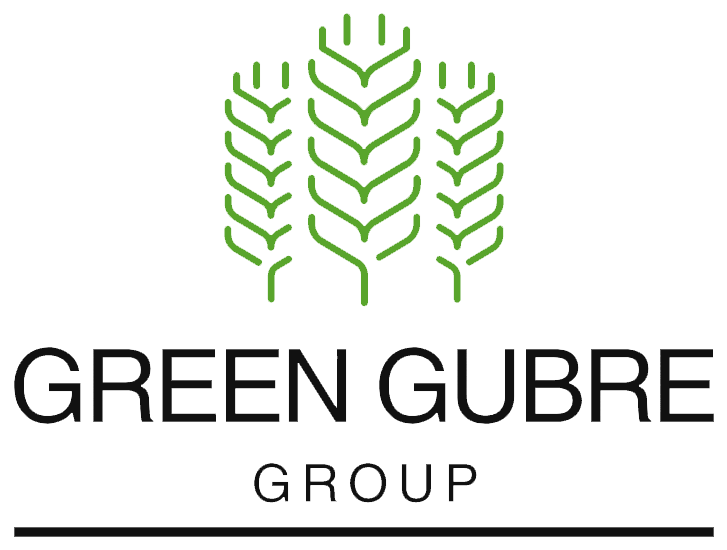From Molecules to Markets – How Nano-Urea Is Reshaping Fertilizer Efficiency and Trade in 2025
From Molecules to Markets – How Nano-Urea Is Reshaping Fertilizer Efficiency and Trade in 2025

The Nano Revolution in Global Agriculture
In a world increasingly shaped by climate uncertainty, resource constraints, and global trade shifts, the potential of technology is no longer optional—it’s essential. Nano-urea, a revolutionary nanotechnology product that transforms how farmers feed their crops, how nations approach fertilizer logistics, and how the global market defines value and sustainability in agricultural inputs, is not just promising but inspiring. This single innovation has the power to address significant global challenges and pave the way for a more efficient and sustainable future in agriculture and trade, instilling a sense of optimism in the face of these challenges.
Unlike conventional urea, which loses up to 50–70% of its nitrogen to the environment, nano-urea stands out with its precise nutrient, minimized runoff, and reduced logistics costs due to its compact volume. These unique features make nano-urea a game-changing technology, now being explored or adopted in major agricultural economies, including India, Africa, Turkey, China, and Latin America, each with unique needs and opportunities. The intrigue surrounding these unique features makes nano-urea a potential game-changer in the fertilizer industry, sparking interest and curiosity in the audience.
1. What Is Nano-Urea? Science Behind the Efficiency
Nano-urea is produced by breaking nitrogen particles into nano-sized units (under 100 nanometers) and suspending them in a liquid solution. This increases the surface area for absorption and enhances leaf-level nutrient uptake, eliminating the need for soil-based application.
Scientific Advancements Behind Nano-Urea:
- Nano-Encapsulation Technology: Prevents rapid volatilization and leaching, ensuring a longer nutrient-release cycle.
- Surface Modifiers: Ensure adherence to leaf surfaces, maximizing absorption rates.
- Biocompatibility Testing: Ensures environmental safety and long-term soil health compatibility.
The product delivers exponential efficiency gains across the value chain. A 500 mL bottle replaces a full 45–50 kg bag of conventional urea.. This is not just a technological advancement but a potential game-changer for the economics of farming and the fertilizer industry.
2. India: Global Leader in Production, Deployment, and Export Strategy
India’s push into nano-fertilizers is led by IFFCO (Indian Farmers Fertiliser Cooperative Limited), which launched its first commercial batch of nano-urea in 2021. By 2025, India will have become the world’s largest producer and user of nano-urea, integrating it into national agricultural policy and export strategy.
India in 2025:
- Over 50 million bottles distributed to domestic farmers.
- Integrated into the DBT (Direct Benefit Transfer) subsidy system.
- Strategic trade deals with Kenya, Bangladesh, Brazil, and Vietnam.
- Expansion of
domestic green ammonia plants as feedstock for future nano-products.
Adopting nano-urea supports the Indian government’s dual goals of reducing fertilizer subsidies and nitrogen pollution. At the same time, it strengthens India’s role as an exporter of technology and innovation, not just commodities.
3. Africa: High Impact, High Potential
In Africa, nano-urea is not just a solution, but a potential game-changer. It can address multiple long-standing challenges: soil degradation, fertilizer access, and transportation bottlenecks. Countries like Kenya, Nigeria, and Ghana are piloting nano-fertilizer programs in collaboration with Indian and Chinese firms, offering hope for a more sustainable and efficient future in African agriculture.
Why Nano-Urea Works in Africa:
- Smaller packaging fits better in decentralized, rural markets with weak infrastructure.
- Water efficiency makes it ideal for arid and drought-prone areas.
- Lower application rates make it more affordable per hectare for smallholder farmers.
Organizations like AGRA (Alliance for a Green Revolution in Africa) and IFDC are now evaluating how nano-fertilizers can complement existing soil health initiatives.
4. Turkey and China: Strategic Applications and Technology Transfers
Turkey:
- Strong adoption of nano-urea in horticulture and greenhouse farming.
- Imports nano-urea primarily from India but is investing in local formulation plants.
- Supports regional redistribution to
Southeast Europe,
North Africa, and the
Caucasus.
China:
- While a global giant in conventional urea, China has shifted its focus to green ammonia and nano-fertilizer R&D.
- Domestic production targets environmental compliance under its Five-Year Plan.
- Launching pilot programs for nano-fertilizers in
Guangdong,
Sichuan, and
Xinjiang provinces.
Both countries are integrating carbon metrics, digital agriculture platforms, and blockchain traceability into fertilizer deployment strategies, especially in export-linked supply chains.
5. Latin America: A Smart-Farming Opportunity
In Latin America, nano-urea is being evaluated for sugarcane, coffee, and soybean farming, with particular interest from Brazil, Colombia, and Mexico.
Current Market Trends:
- High nitrogen prices post-2022 fuel volatility make nano-urea economically attractive.
- Governments are subsidizing micro-dosing techniques in smallholder coffee and maize programs.
- Regional cooperatives are forming public-private partnerships to launch nano-fertilizer trials in the
Amazonian and Andean regions.
With increasing interest in carbon-neutral farming, Latin American agribusinesses are testing nano-urea’s footprint and impact on GHG reduction.
6. Logistics and Sustainability: A Supply Chain Breakthrough
The impact of nano-urea is not confined to science—it is redefining fertilizer logistics and sustainability metrics on a broader scale. Its key advantages, such as being a low-volume, high-value product and reducing emissions, make it an ideal choice for countries with weak port infrastructure, remote farming regions, and CBAM-sensitive markets. Let's delve deeper into these advantages and understand how they can transform the fertilizer supply chain.
Key Advantages:
- Low-volume, high-value product—ideal for countries with weak port infrastructure.
- Extended shelf life and easy handling reduce post-manufacturing losses.
- Lower emissions from packaging, warehousing, and land transport.
Nano-urea logistics are particularly advantageous for:
- Landlocked nations (e.g., Ethiopia, Bolivia).
- Remote farming regions (e.g., Sub-Saharan Africa, interior China).
- CBAM-sensitive markets (e.g., EU, Turkey), where traceable, low-carbon products gain a pricing edge.
7. The Regulatory Frontier and Market Forecast
As nano-urea adoption spreads, regulatory frameworks are beginning to evolve:
- EU: Testing safety and efficacy of nano-fertilizers under REACH directives.
- India: Fast-tracking certifications and integrating nano-fertilizers into subsidy structures.
- Africa: Early-stage policy development with World Bank and FAO assistance.
Market Outlook:
- USD 6–8 billion global market for nano-fertilizers by 2027.
- Nano-urea is expected to reach 20% of the global urea application volume by 2030, a testament to its growing influence and potential impact on the fertilizer industry.
- CBAM and ESG-linked trade will accelerate its uptake in Europe and North America.
Conclusion: Nano-Urea is the Fertilizer of the Future
The nano-urea revolution is not just a scientific curiosity but a market reality, a sustainability solution, and a logistics enabler. For producers, traders, and policymakers, nano-urea offers a rare opportunity to combine economic efficiency, environmental responsibility, and global scalability in a single product.
As adoption accelerates in regions like India, Africa, China, Turkey, and Latin America, the fertilizer world must prepare for a new era in which technology flows as freely as trade.




